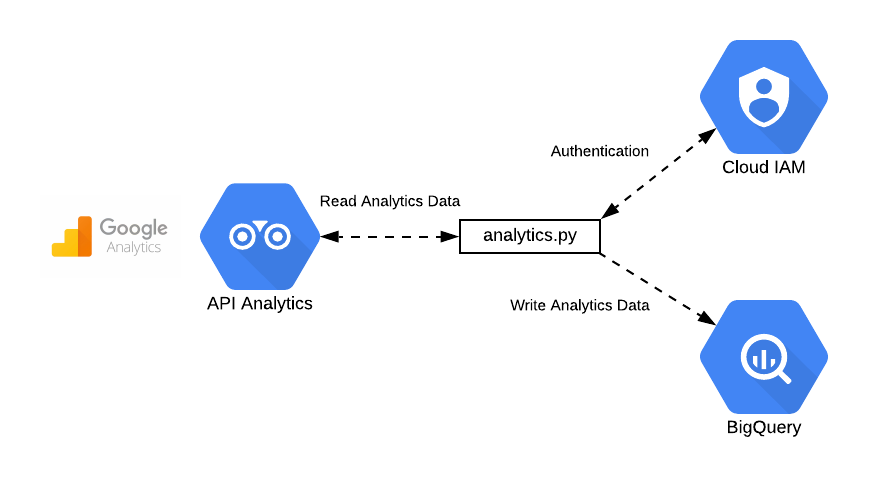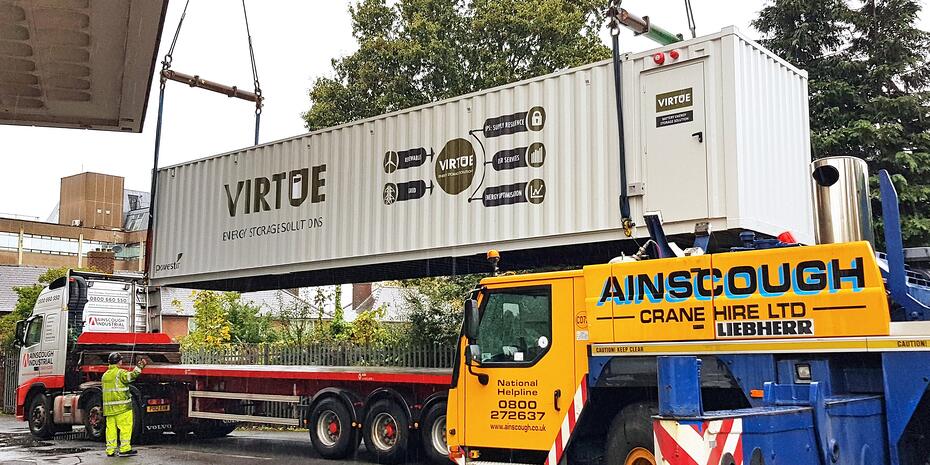
In an age where data drives nearly every business decision, ignoring data quality is no longer an option. Yet many organisations still treat it as an afterthought—until costly mistakes make headlines or bottom lines suffer. According to the Harvard Business Review, bad data can make completing a single business task up to ten times more expensive. These hidden costs build up over time, quietly draining productivity, revenue, and customer trust.
If you’re choosing a data quality tool for your organisation, or realising you urgently need one, this guide will walk you through the essentials.
The High Price of Poor Data Quality
Businesses that overlook data quality often suffer consequences they don’t see coming. Inaccurate records lead to failed marketing campaigns, poor customer experiences, compliance violations, and flawed analytics. One incorrect customer address may seem harmless but multiply it across thousands of entries and it becomes a serious cost centre. Worse, poor data quality creates mistrust in reports and KPIs, leading to hesitancy in decision-making.
That’s why businesses need to take a proactive approach. The right data quality tools can act as a safeguard—helping you catch, correct, and prevent data errors before they spread across systems.
Start With the Right Questions
Before comparing features, ask:
- What kind of data do we manage—structured, unstructured, or both?
- Where does our data come from (CRM, ERP, cloud apps, spreadsheets)?
- Who needs access to clean data—analysts, marketing, compliance, executives?
- How fast do we need to detect and correct data issues?
These questions shape the type of solution that will work best for your business.
Poor-quality or fragmented data not only undermines AI initiatives but also erodes stakeholder confidence. For example, a financial services firm using inaccurate transaction data for risk modeling can face regulatory penalties and customer backlash.
Core Features to Look For
Modern data quality tools should include the following capabilities:
1. Data Profiling
Start with a clear understanding of your data. Profiling helps you identify patterns, errors, and anomalies, giving you a roadmap for cleanup.
2. Real-time Quality Checks
Batch checks are no longer enough. You need tools that catch issues as they arise, especially in fast-moving environments like e-commerce or real-time reporting.
3. Automated Data Cleansing
From deduplication to format standardization, automation reduces the manual burden and ensures consistency at scale.
4. Data Stewardship and Governance
Empower teams to manage data quality collaboratively. Built-in workflows help define rules, assign responsibilities, and maintain accountability.
5. Seamless Integration
Your tools must work with your existing systems—whether on-premise or in the cloud. Look for APIs, connectors, and low-code integration options.
Cloud-Based vs. On-Premise Tools
While some organisations still opt for on-premise solutions, cloud-based tools offer distinct advantages:
Scalability: Handle large and growing datasets with ease.
Accessibility: Business users can interact with the platform without IT bottlenecks.
Lower Costs: Eliminate infrastructure overhead and benefit from automatic updates.
Most importantly, cloud-based tools allow for faster time to value. Your teams can begin improving data quality without a long implementation cycle.
Standalone Tools vs. Integrated Platforms
You might be tempted by standalone tools offering quick fixes for profiling or deduplication. However, they often come with limitations:
- Require steep learning curves
- Create silos and fragmented workflows
- Offer limited automation or collaboration
Integrated platforms, on the other hand, bundle profiling, stewardship, cleansing, and governance in one environment. These platforms scale with your business and help establish a centralised system of trust across all departments. With your existing data platforms and applications, including CRM, ERP, and cloud-based systems.
Don't Overlook ROI: The Business Case for Data Quality Tools
When evaluating tools, factor in Return on Investment (ROI) alongside technical features. A good data quality solution doesn’t just fix errors—it unlocks tangible business value:
Faster time-to-insight: Clean data powers better analytics and quicker decisions
Improved campaign performance: Target the right customers with the right messages
Reduced operational waste: Spend less time fixing errors, more time innovating
Stronger compliance: Avoid penalties and reputational risk with clean, traceable records
Enhanced customer experience: Deliver consistent, personalised interactions
Data quality is not a cost—it’s an investment in business efficiency and competitive advantage.
Build a Foundation of Trust
Choosing the right data quality tools means balancing current needs with future scalability. Prioritise flexibility, ease of use, integration capabilities, and vendor reliability.
Whether you’re a startup scaling operations or an enterprise optimising workflows, the right tool helps you shift from reactive fixes to proactive intelligence. Start by auditing your current data landscape. Ask the right questions. Look for tools that grow with your business not just solve a short-term problem.
Ready to boost your data quality efforts? Contact us or Visit us for a closer look at how VE3’s Data Solutions can drive your organization’s success. Let’s shape the future together.









